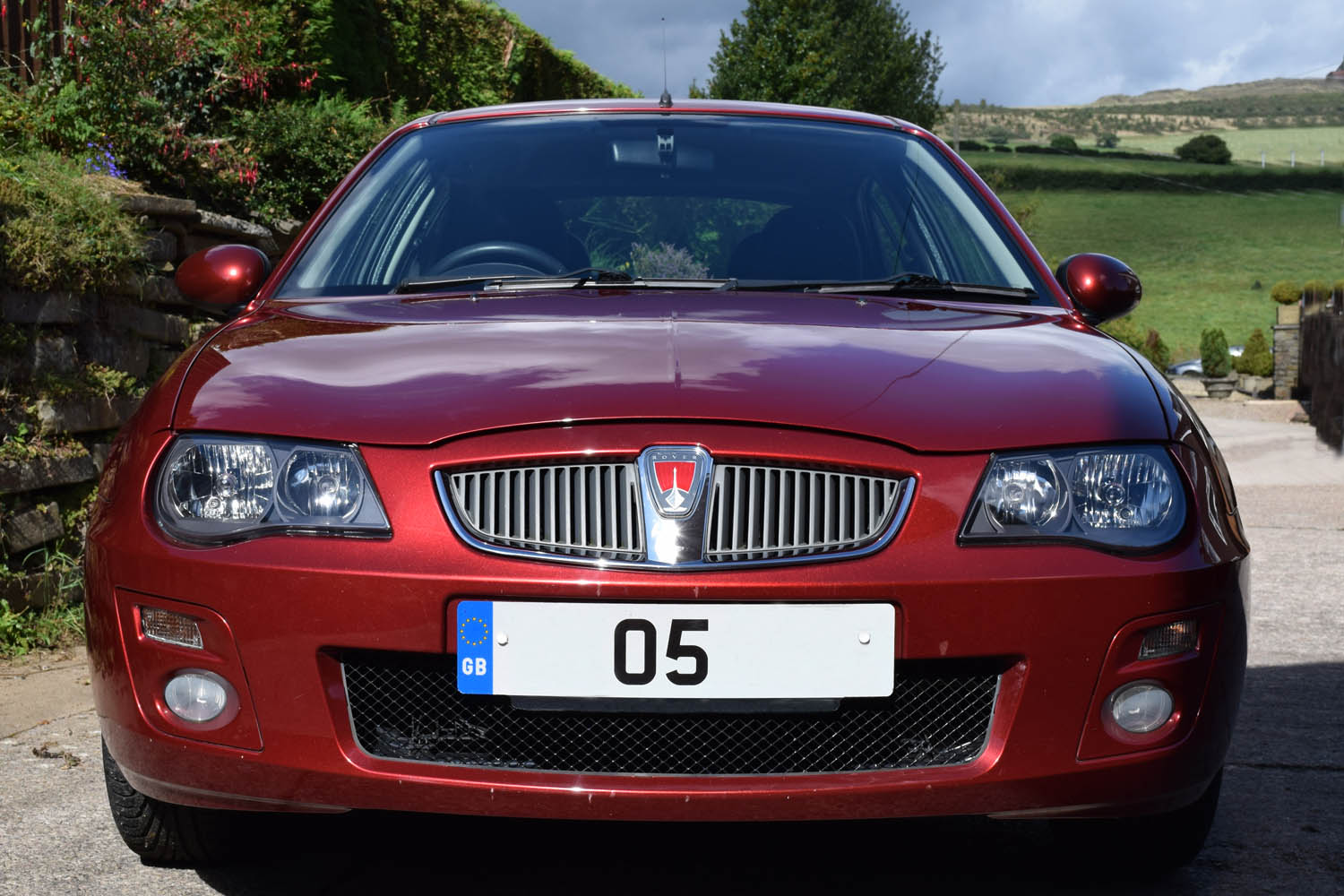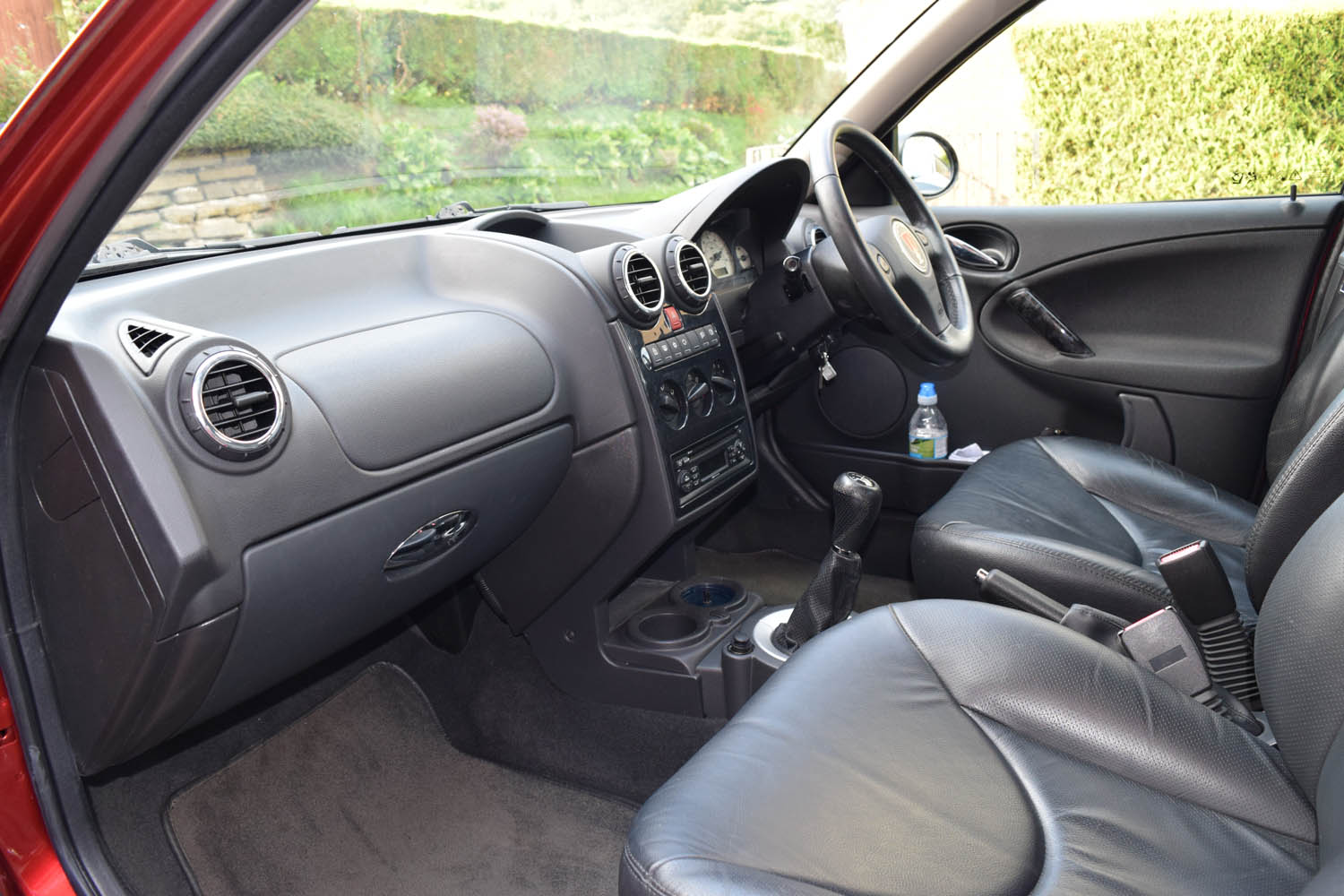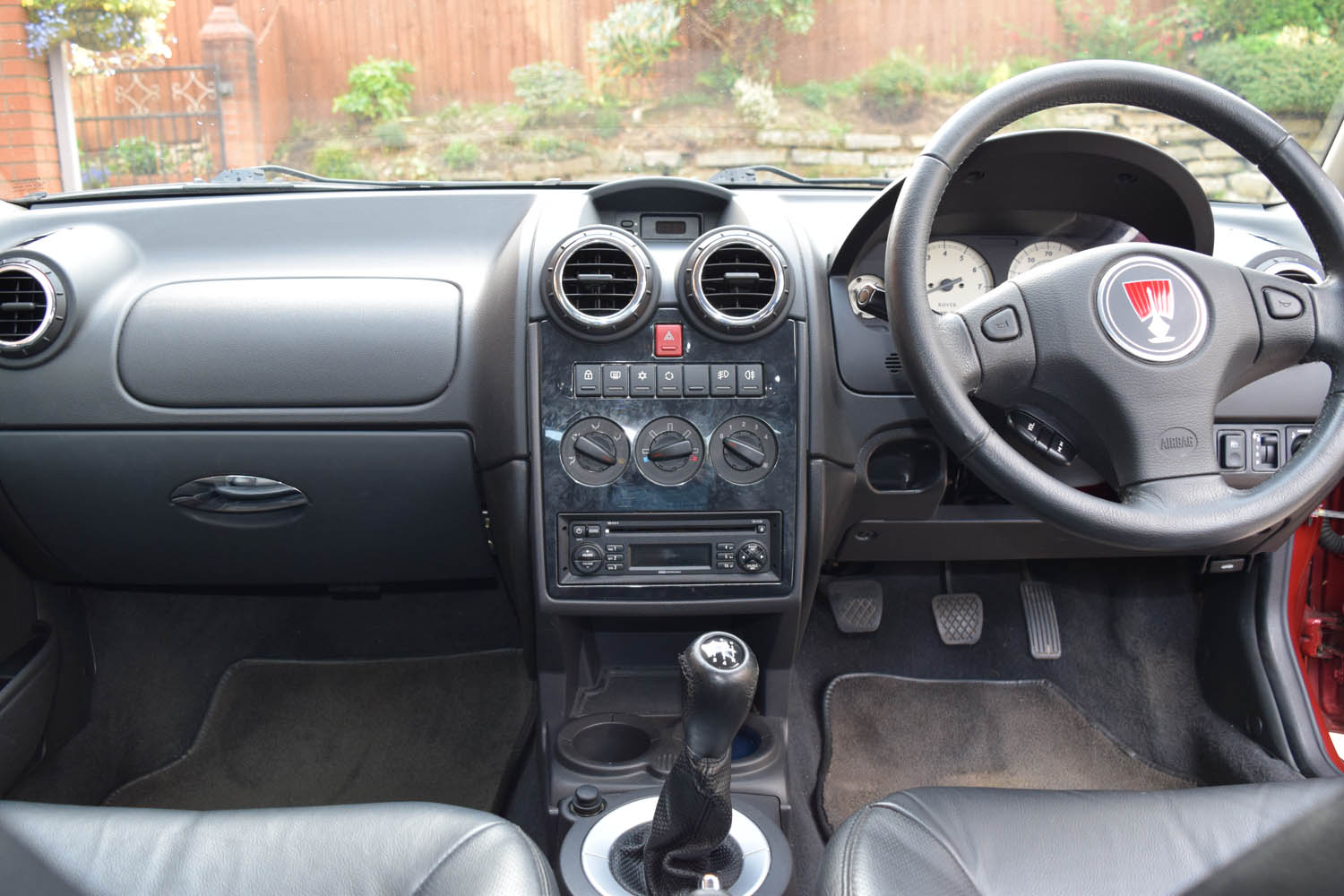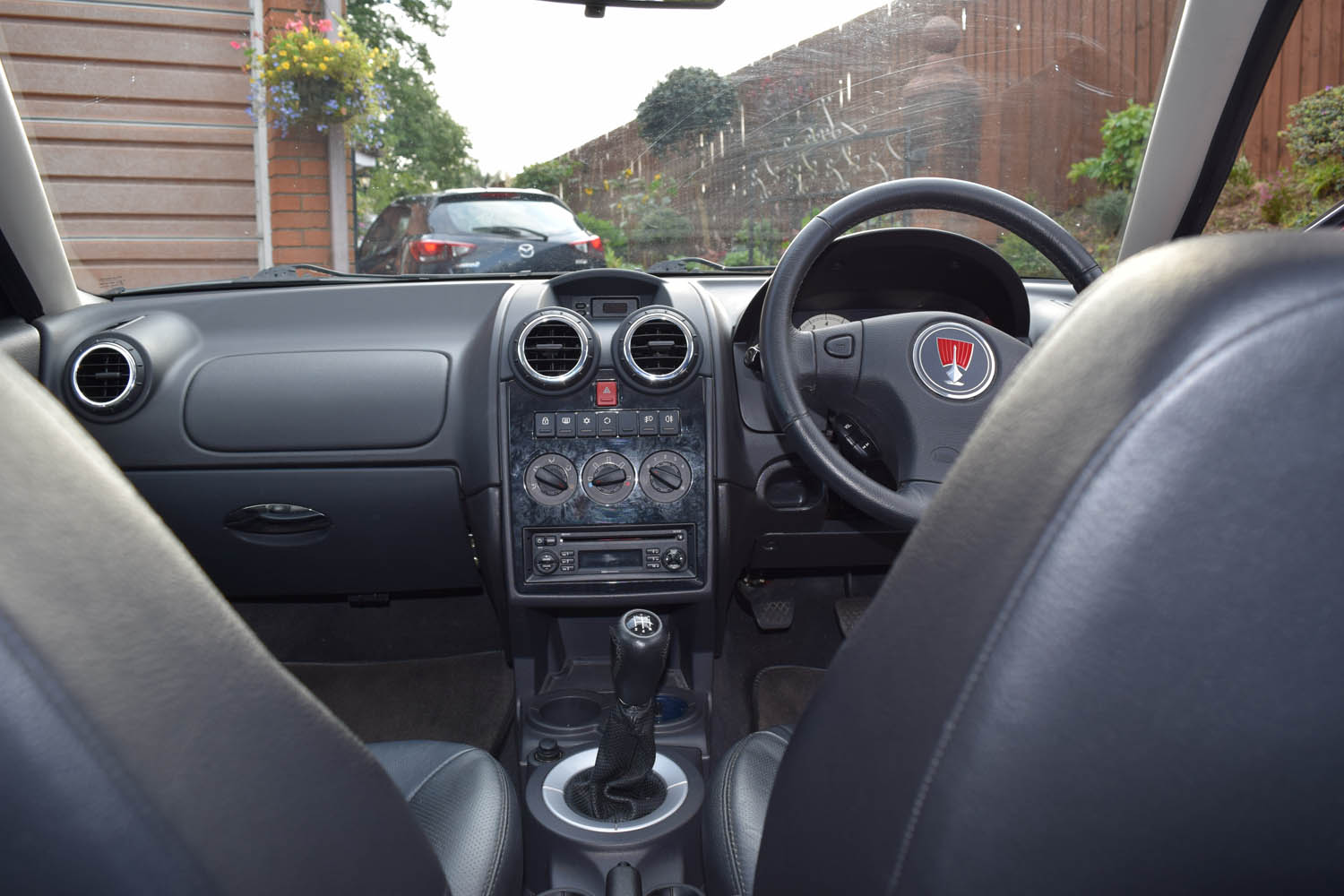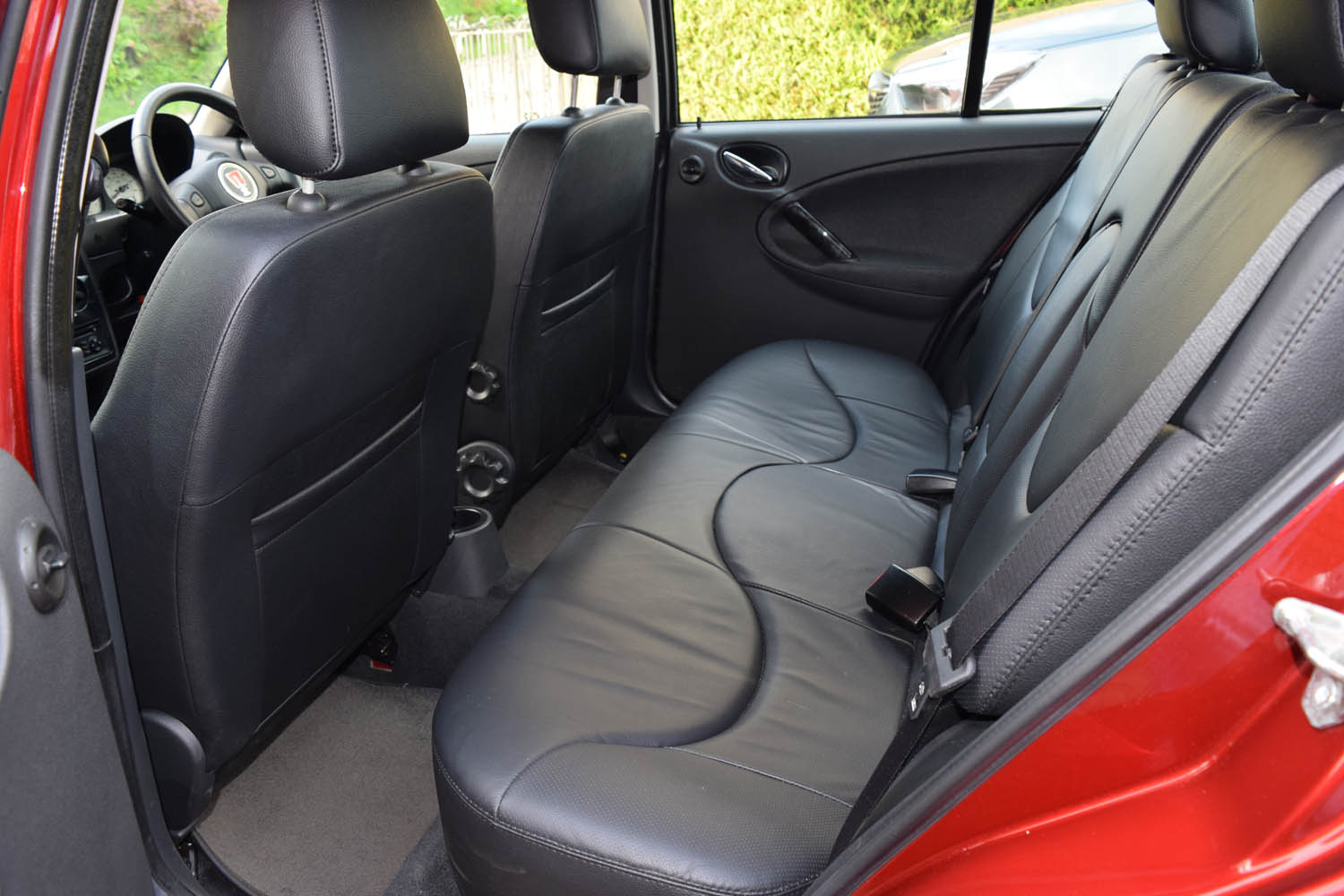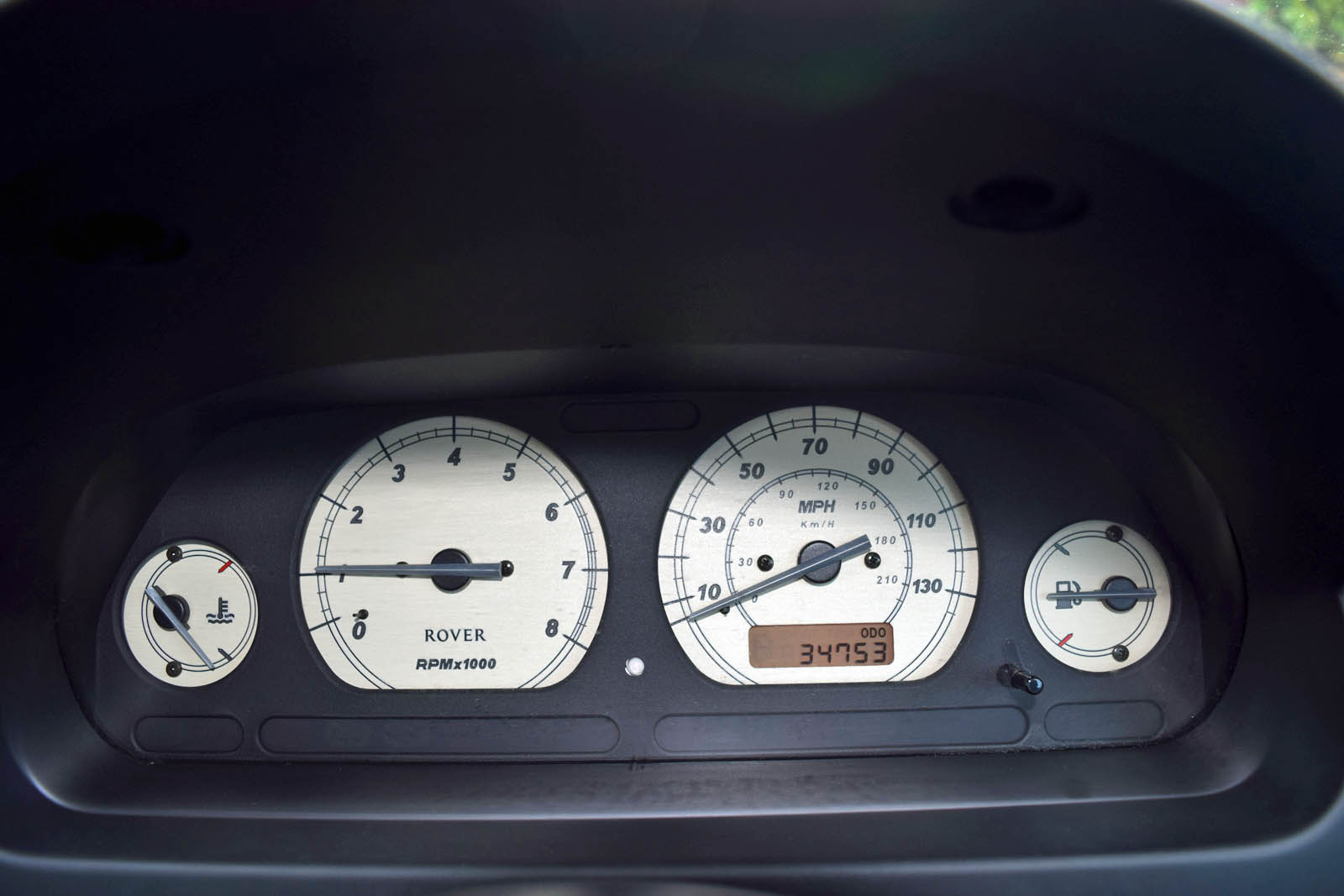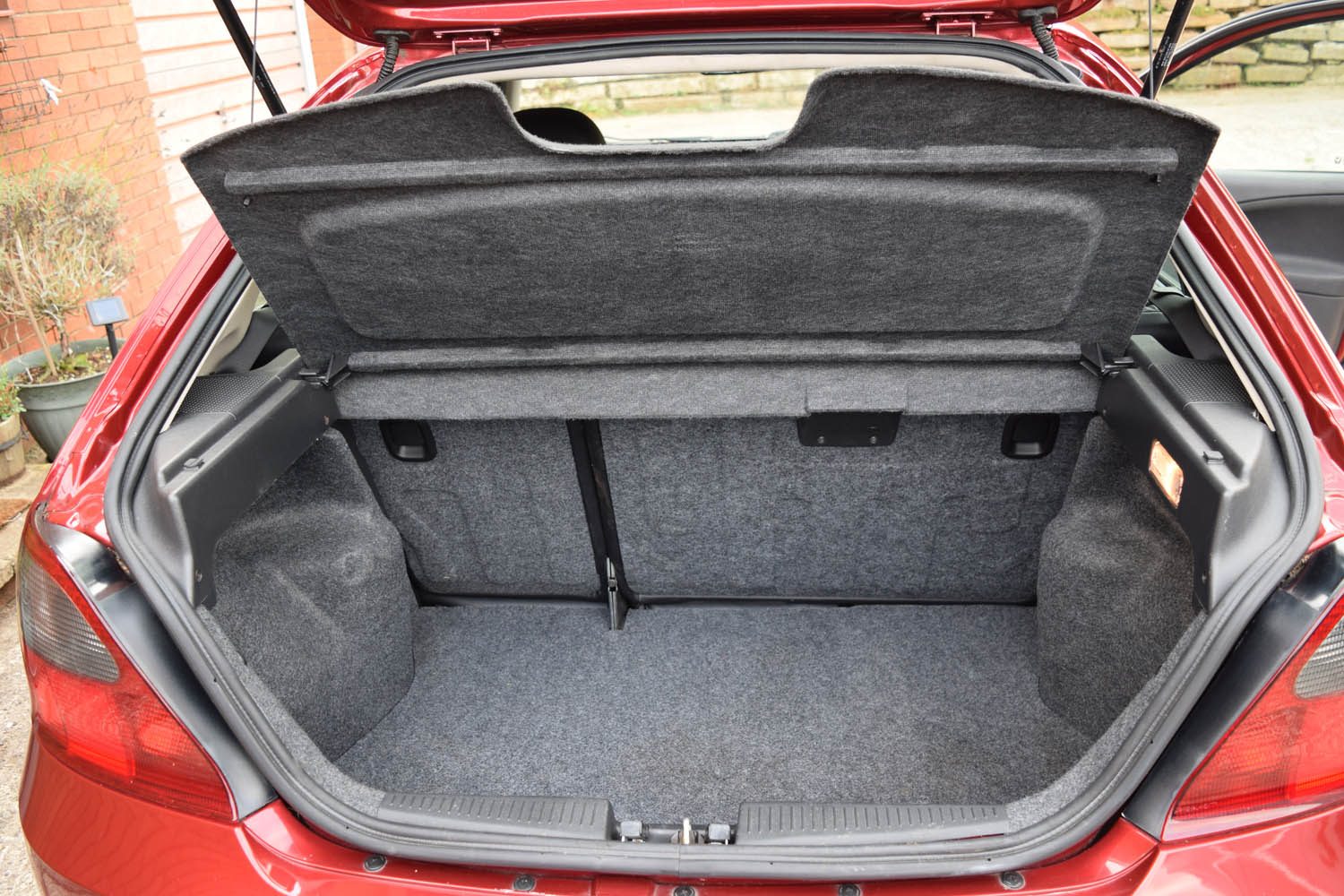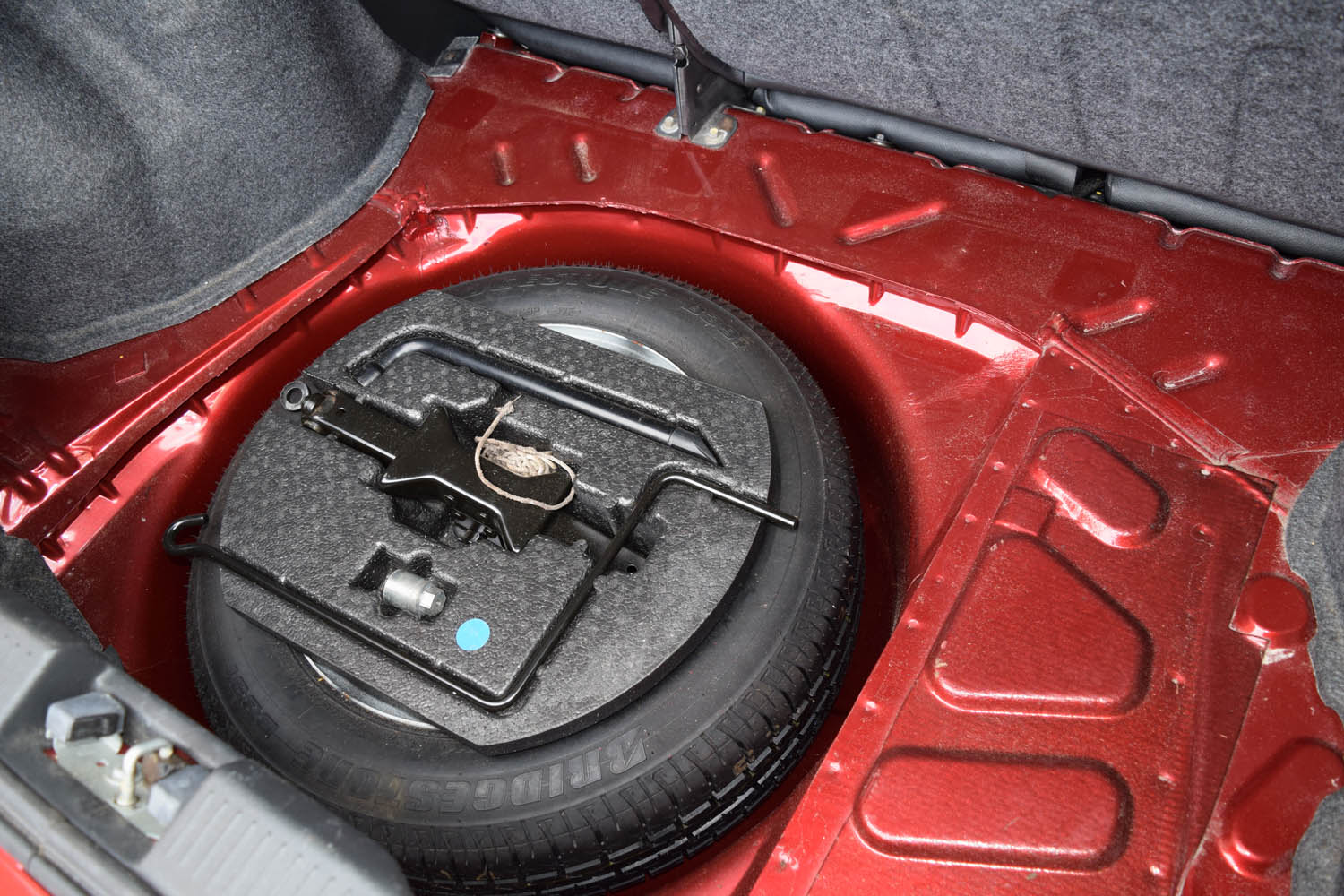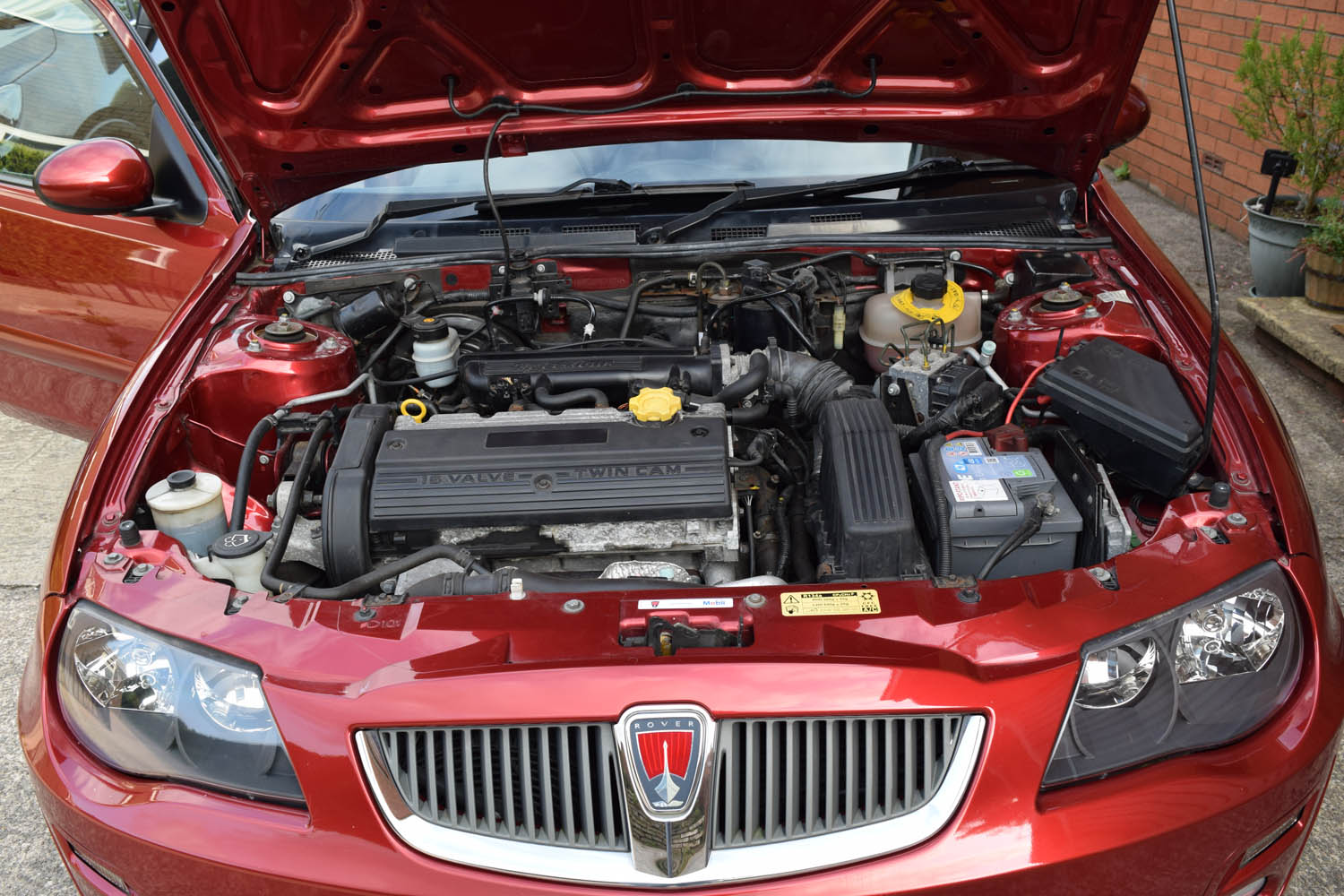Here we will tell you how this car was a special car for three generations of the Oakstorm family.
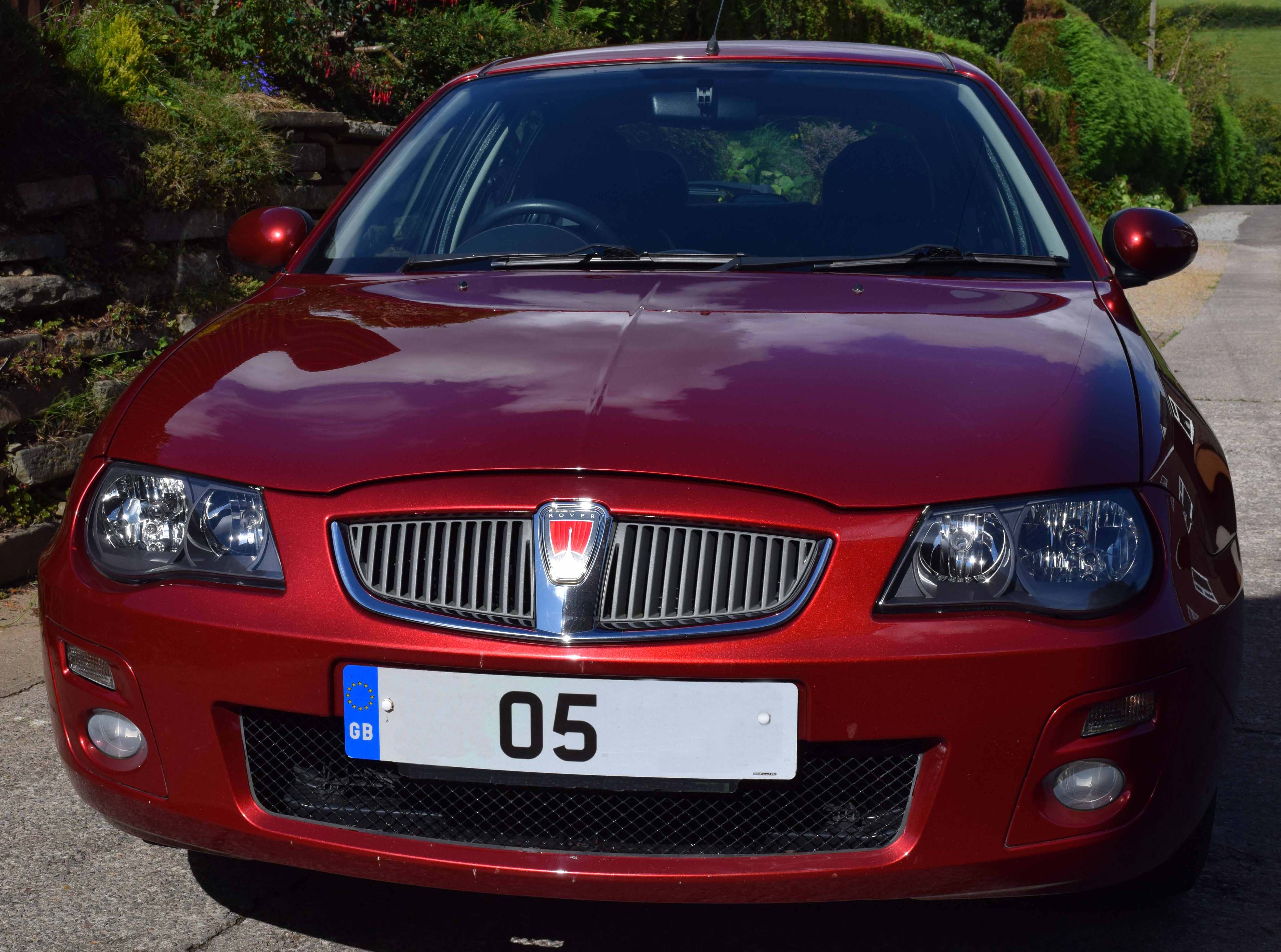
This Rover 25 GSi had a special meaning for its first owner - Grandad Oakstorm. Grandad Oakstorm had been driving for nearly sixty years and owned a number of cars
but this was the very first car he owned from new - purchased just after his eightieth birthday in 2005.
Grandad had a soft-spot for the Rover marque and finally decided to buy this brand-new car after the Rover company went into receivership. By this time, his
long-distance driving days were behind him but this car was his pride and joy for seven years and 5,000 miles, after which he persuaded his son, Oakstorm, to
take over the ownership of the car.
While the car had performed perfectly for Grandad Oakstorm, Oakstorm encountered many issues with the car - documented below. That said, the car did prove to be a useful servant and never actually let Oakstorm down while adding 25,000 miles in the four years that he drove it.
Oakstorm finally gave the car to his son, Oakstorm junior, in 2016. At the time Oakstorm junior didn't have a full driving licence and, while his later-to-be-wife drove it sporadically, it became clear that the car was not needed and an unnecessary expense (including some additional "issues").
Oakstorm was ready to advertise the car for sale when a close friend of the senior Oakstorm family decided to buy it mid-2017. The Oakstorm family were delighted that the car had a new owner that appreciated its special place in the Oakstorm family and look after it accordingly.
